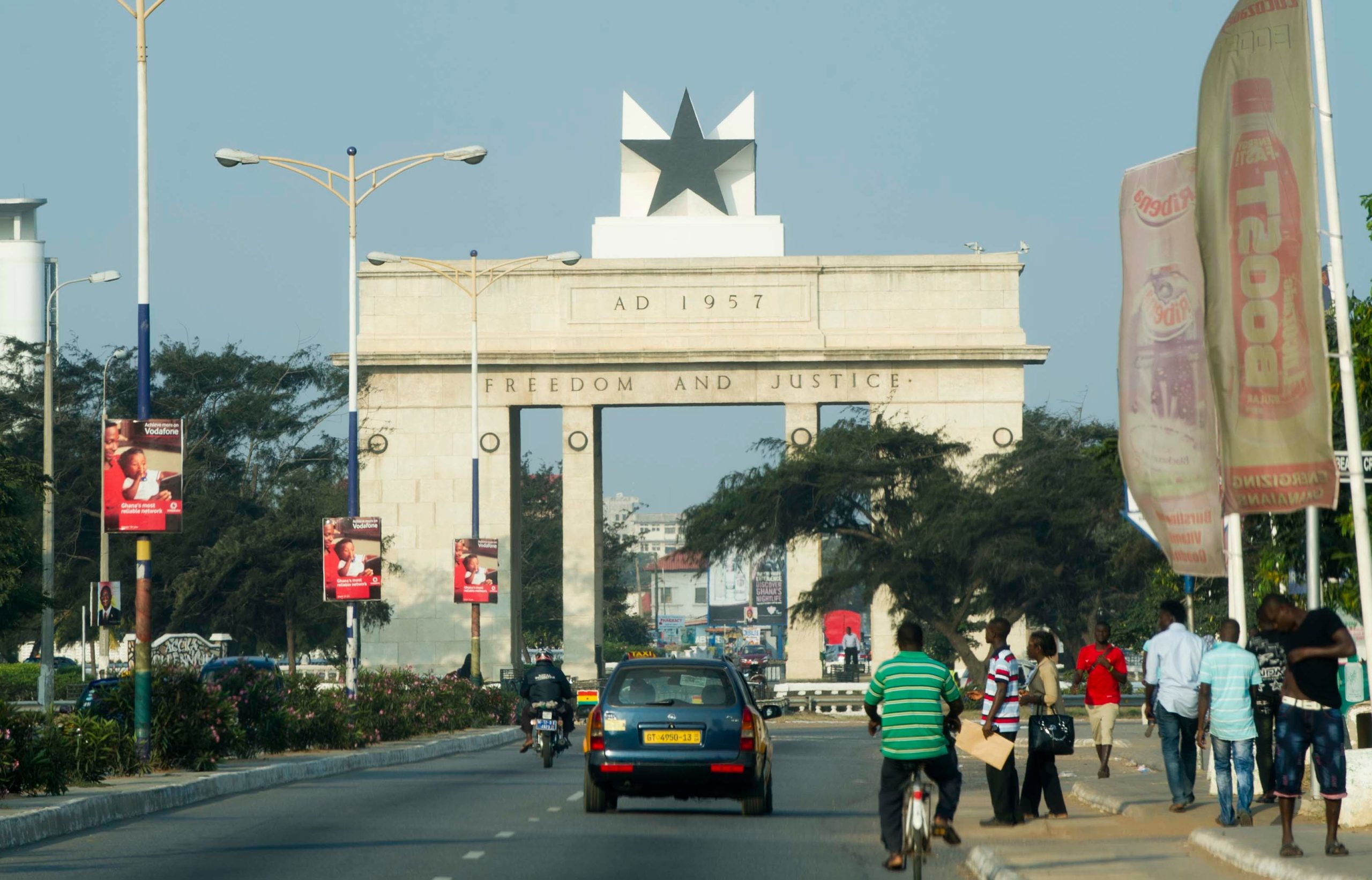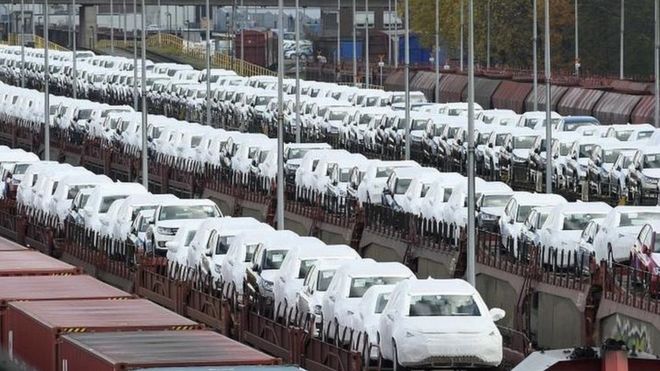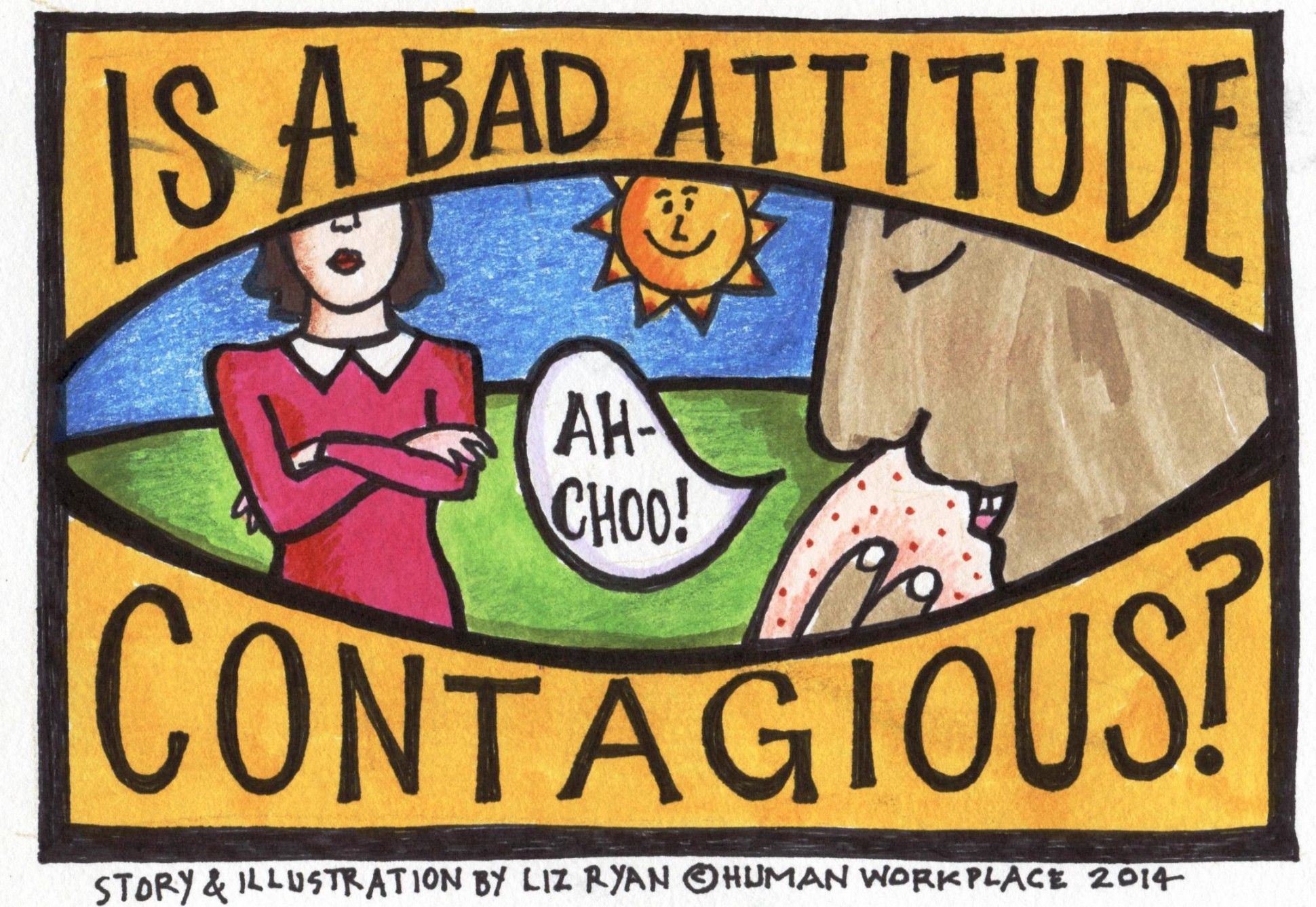
TOKYO – The British Marxist historian Eric Hobsbawm once called the epoch stretching from the French Revolution of 1789 to World War I’s outbreak in 1914 as the “long nineteenth century.” A little over a decade ago, people began to speculate about an emerging “Asian century,” driven by an unstoppable China and enabled by America’s supposed inevitable decline. But with China’s economy in turmoil, key East Asian “tiger” economies like Malaysia and Thailand floundering, and even Singapore facing questions about the vitality of its economic model, is this “Asian century” coming to a premature end?
Political and economic troubles plague the region from east to west. In India and Indonesia, hopes that the election of Prime Minister Narendra Modi and President Joko Widodo, respectively, would spark a new wave of economic reform now seem to be running into the sand. Similarly, in South Korea, two successive presidents have failed to follow through on their bold promises to rein in the chaebol, the country’s massive family-owned conglomerates, in order to unleash the animal spirits of entrepreneurship. And in Japan, although Prime Minister Shinzo Abe has implemented far-reaching reforms, they have yet to reignite economic dynamism, and efforts to address the demographic threat posed by a rapidly aging population have not even begun.
Then there are Asia’s serious political and security challenges, including the growing strategic rivalry between the United States and China, signs of resurgent nationalism across the region, and the fracturing of Hong Kong’s “one country, two systems” mode of government. More destabilizing, China is making vast territorial claims in the East and South China Seas, as well as to the Indian province of Arunchal Pradesh. And, perhaps most dangerous, the isolated and unpredictable North Korean regime is becoming more unstable than ever under the callow and violent leadership of Kim Jong-un.
In the absence of coherent regional frameworks, it is no surprise that rival structures are being built, with the US championing the Trans-Pacific Partnership (TPP), which will link 12 Pacific Rim countries into a vast free-trade area, governed by an advanced set of agreed rules. For its part, China is working to establish, through the Asian Infrastructure Investment Bank and its “Silk Road” initiative, a Sino-centric trade area that perpetuates not only its regional hegemony, but also its state-capitalist model.
All of this uncertainty reveals critical flaws in the Asian century’s foundations – flaws that, until recently, were masked by the region’s rapid economic growth. Indeed, vast production chains linking businesses across countries gave the impression of a uniquely Asian superstructure. As long as the region’s economies were thriving, there was little incentive to identify – much less address – the problems facing them.
The resulting policy inertia lay at the heart of many of the region’s emerging economic troubles. And this torpor will be difficult to address, partly because it is built into some countries’ systems of government. India’s federal system, for example, has proved to be a much bigger roadblock to reform than Modi anticipated, with state governments balking at measures like a new unified sales tax and land reform – both crucial to enable India to build a unified internal market underpinned by world-class infrastructure. Vietnam faces a similar problem of policy paralysis, owing to divisions within its collective communist-party leadership.
China’s top-down state capitalism has enabled it to avoid this problem, with the ruling Chinese Communist Party relatively united on the economic agenda. But the economy’s virtually unchecked growth over the last few decades has created other huge challenges – namely, environmental degradation on a scale unseen anywhere else on the planet, a massive volume of local-government debt, and large-scale corruption. All have now burst into the open. And the Party’s ability to address them cannot be taken for granted, as its muddled management of recent stock-market volatility made clear.
The actual depth of China’s economic woes is unclear, given that both decision-making and key statistics remain shrouded in secrecy. What is clear is that the authorities sought-after shift to a more sustainable services- and consumption-driven economy will require far-reaching market-oriented reforms. This represents an existential choice for China’s rulers, as the ceding of government control that successful reform demands clashes directly with President Xi Jinping’s goal of strengthening the Party’s grip on the country.
Malaysia and Thailand also face a near-existential choice between continuing on their current paths – one-party ethnocracy in Malaysia and elite/military rule in Thailand – and beginning a process of political reconciliation, aimed at bringing large, marginalized portions of their populations into the fold. So far, however, it seems that both countries’ leaders are blind to the choice facing them.
Perhaps the most hopeful story is that of Japan, which, after two decades, has finally begun to reverse its entrenched policy inertia. Old habits of coddling agriculture, electric power, and other economic sectors are being disregarded. More needs to be done, of course, particularly ratification of the TPP, which will unshackle more areas of Japan’s economy.
With his bold approach, Abe has emerged as a model for Asia’s other leaders – in particular, the Chinese. If the Asian century is to endure, such boldness will be vital.
Author: Yuriko Koike, Japan’s former defense minister and national security adviser, was Chairwoman of Japan’s Liberal Democratic Party’s General Council and currently is a member of the National Diet.
Artilce appeared on www.project-syndicate.org










